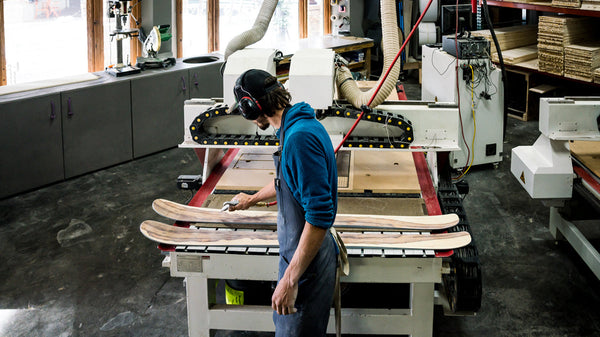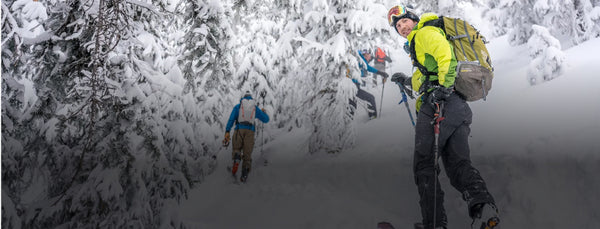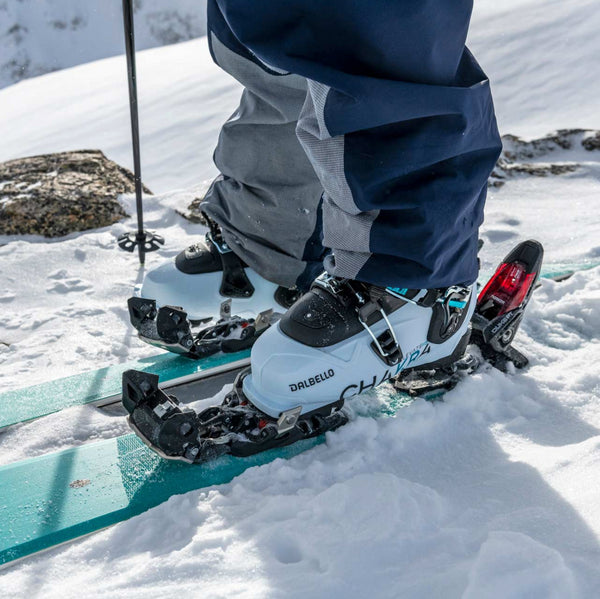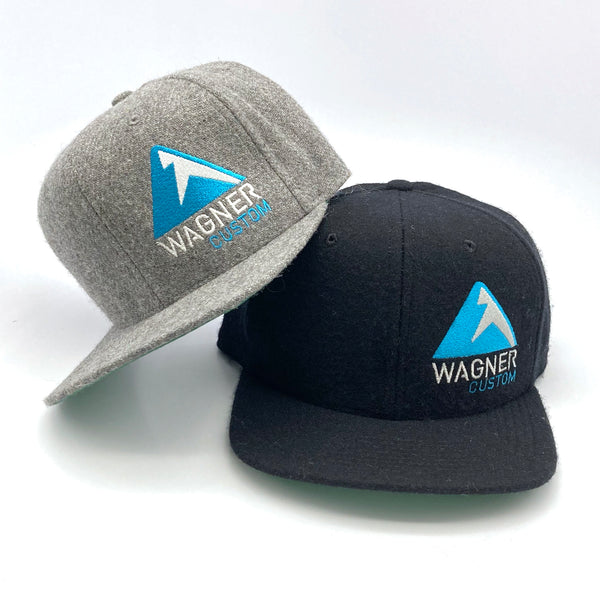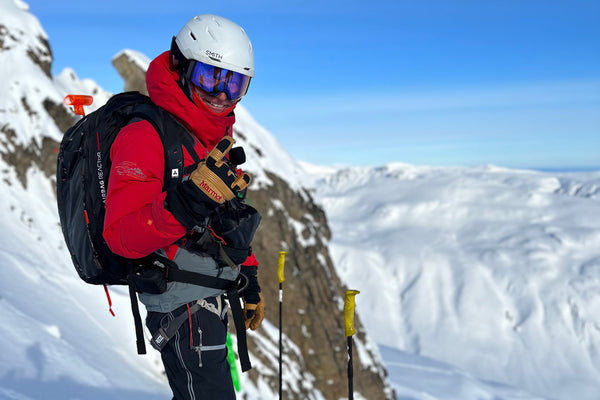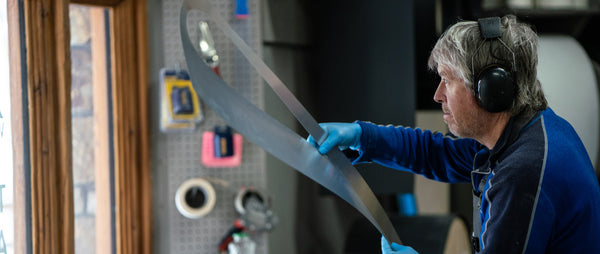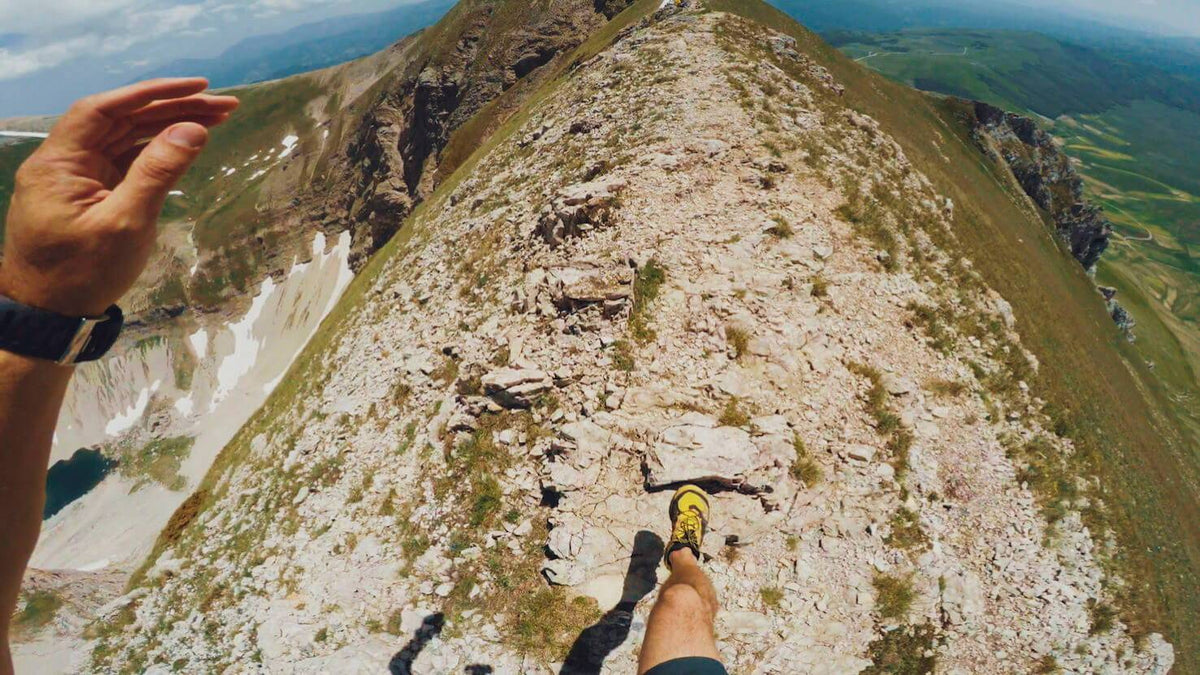
Staying Fit for Ski Season
The saying in our hometown of Telluride goes, “I came for the winter, but stayed for the summer." This couldn’t be truer for many mountain-goers.
While the powder-filled days keep us giddy and excited, the summer allows for a peaceful rejuvenation and activities galore. We caught up with the professionals at Uphill Athlete to understand how various summer activities not only keep us in shape, but actually prepare us for the ski season ahead.
Regardless of type of sport, professional athletes and high level amateurs use their off season(s) to increase personal fitness for their chosen pursuit. At Uphill Athlete, we recommend taking this tip from the pros to enhance next winter’s skiing experience. Whether or you like long days in the backcountry, or want to be the first and last person on the chair, there’s no reason to wait for the snow to start flying to prepare. Here are a few simple pro trick guidelines to help you get the most out of your summer season.
Just because the snow is gone doesn't mean you have to lose your ski fitness. Photo: Telluride Ski Resort
Pro Trick #1: Training vs. Exercise
It’s important to note that training and exercise are not the same thing. What most of us are used to performing is called exercise. It is essentially random physical activity and improves our basic fitness level. On the other hand, training–what professional athletes do–is a progressive and systematic approach to ever increasing training loads so that the athlete arrives at a targeted goal in their best fitness state possible. Picking your approach will be determined by your beginning fitness level, your time availability, your end goal, and to a large extent, your motivation.
Pro Trick #2: Specificity
It’s imperative to choose training that targets the demands of the event, or end goal you are preparing for. If you are going to spend the winter ski touring, then spending the summer swimming is less than ideal preparation. More on this subject later.

Going uphill is a different set of muscles than downhill. PHOTO: ROB GREW AND FALL-LINE.CO.UK
Pro Trick #3: Consistency
Be consistent in your exercise or training approach. It is easy to overemphasize the short-term importance of any single workout and not recognize the long-term importance of many workouts done regularly. Widely spaced and severe workouts that drive you to the brink of exhaustion are one of the most common mistakes recreational athletes make.
Pro Trick #4: Gradualness
Our bodies don’t like, nor do they adapt to, bludgeoning. However, our bodies do respond well to frequent, gentle nudges. Slightly exceeding your current fitness level on a frequent basis with adequate recovery time will allow your body to adapt to a gradually increasing work load. The process will provide noticeably positive results over weeks and months.
Now that you understand the fundamentals, how do you properly put these pro tricks into action? Well, it depends on what kind of skier you are:
Ski Touring/Backcountry Skiing
If any significant portion of your skiing time is self-powered and uphill, then your summer season training should focus mostly on running and hiking. The more elevation gain you can fit in, the better. It is the aerobic metabolic system that provides nearly all the energy for long, uphill outings.

If going uphill is your idea of the best day, keep that going through the summer with similar sports.
The best way to increase endurance for ski touring is by engaging in long (from 30 min to several hours) of low- to moderate-intensity foot borne exercise. Start with a one to two-hour weekend hike and combine that with a couple of mid-week runs. Progress this over the summer to one to two multi-hour runs or hikes with several thousand feet of vertical, plus two to three one hour runs mid-week. You will be truly amazed at the difference you feel when you set out on your first tour in November or December. Skiing is a foot born, full body weight exercise. Non-weight bearing exercises will be less effective at building this specific type of ski fitness.
Downhill Skiing
Do you experience leg fatigue that ends your ski day earlier than you prefer? This is caused by a lack of what sports scientists call local muscular endurance (LME). This is a pretty simple thing to address and there are several methods that work well. Like your backcountry counterpart, to maximize your readiness, it’s best not to wait until November when the first snowflakes begin to fall.

Going downhill is more strength-based than stamina-based. Photo: Tordrillo Mountain Lodge
Our favorite system, which we have used with amateurs and Olympians, is to first build a strength base through conventional, gym-based weight lifting. Start with two sessions per week and target any strength deficits you might have. After the strength building phase, it is time to convert that strength into sport-specific LME over a four to six-week period of two workouts per week. This portion involves doing several ski mimicking exercises for many dozens of, and up to a few hundred repetitions.
Cycling uphill is another good way to build muscular endurance and can be substituted for the above. Advanced skiers of either backcountry or downhill skiing, looking to move to a new level of skiing performance, should combine the two above mentioned methods. Alternating a week of the endurance training with a week of strength and muscular endurance training will avoid boredom and get you out of the gym. Best of all, you’ll be in the best shape of your life come ski season.
--
Words and theories by Scott Johnston, co-founder of Uphill Athlete
Steve House and Scott Johnston started Uphill Athlete in 2015 as a follow-up to their wildly successful book, Training for the New Alpinism. Steve House is a professional, certified guide and a world-class climber with an impressive list of first ascents. They have successfully put together more systematic training approaches for the sports of alpinism, mountaineering, rock and ice climbing, ski mountaineering and ski touring, skimo racing, and mountain running.
If you are looking for specific workouts or training programs, check out their coaching options and training programs at www.uphillathlete.com.

